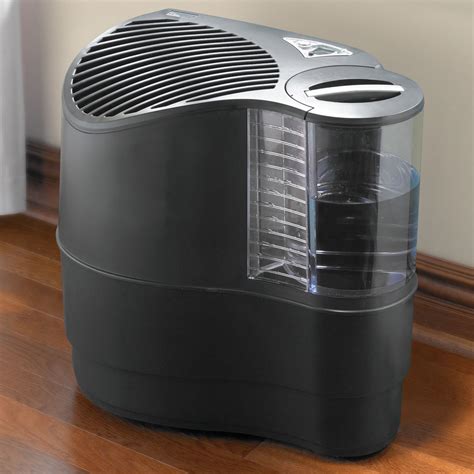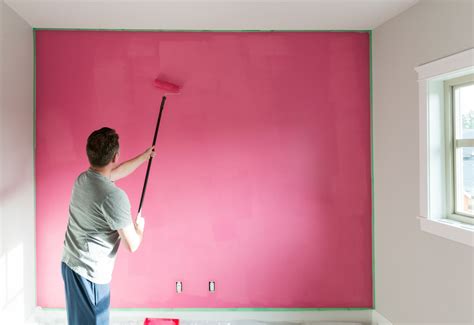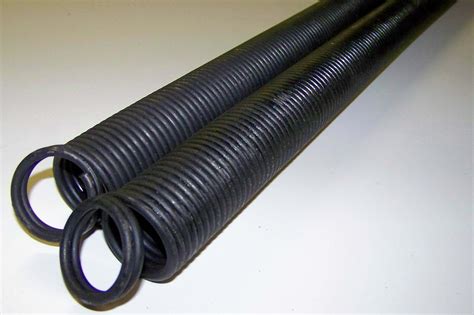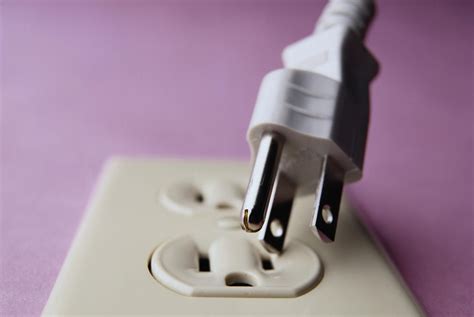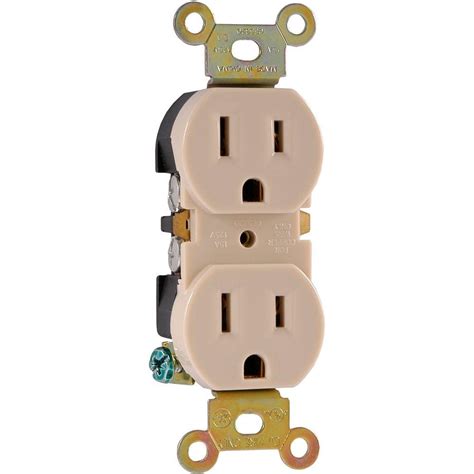
Before You Begin
Before diving into the installation process, it’s essential to gather the necessary tools and materials. You’ll need a voltage tester, wire strippers, wire nuts, a screwdriver, and a new electrical outlet receptacle. Additionally, ensure you have a clear understanding of your local electrical codes and regulations.
Safety Considerations
Working with electricity requires utmost caution. Before starting the installation, turn off the power to the circuit at the main electrical panel. To ensure the power is off, use a voltage tester to check for any live wires. Always prioritize your safety and use appropriate protective gear, such as gloves and safety goggles.
Turn Off the Power, and Test Outlet
Locate the circuit breaker or fuse that controls the outlet you’ll be working on. Switch off the power to the circuit by flipping the breaker or removing the fuse. Next, use a voltage tester to confirm that the outlet is indeed without power. Test both the hot (black) and neutral (white) wires to be thorough.
Prepare the Cables
Remove the existing outlet cover plate and unscrew the outlet from the electrical box. Carefully pull the outlet out, exposing the electrical connections. Take note of the wire configuration and connections.
Strip the Wires
Using wire strippers, strip about ¾ inch of insulation from the ends of the black (hot), white (neutral), and green or bare copper (ground) wires. Be cautious not to nick or damage the copper strands while stripping.
Attach Pigtail Wires to Circuit Wires
If the outlet has more than one set of wires (known as a “pigtail”), you’ll need to connect them using wire nuts. Twist together the corresponding black wires, white wires, and ground wires, then secure them with wire nuts.
Connect the Ground Wire to the Receptacle
Locate the green screw on the receptacle and attach the bare copper or green ground wire to it. Ensure the connection is secure.
Attach the Neutral and Hot Wires to the Receptacle
Insert the stripped end of the white (neutral) wire into the silver or light-colored screw terminal on the side of the receptacle. Tighten the screw to secure the connection. Repeat this process with the black (hot) wire, connecting it to the brass or dark-colored screw terminal.
Attach the Receptacle to the Box
Gently push the wires back into the electrical box, making sure not to crimp or pinch them. Align the screw holes on the receptacle with the holes on the electrical box and fasten the receptacle in place using screws.
Attach the Cover Plate
Install the cover plate over the receptacle and secure it with the provided screws. Ensure it fits snugly and aligns properly with the receptacle.
FAQs
1. Can I install an electrical outlet receptacle without turning off the power?
No, it’s crucial to turn off the power to the circuit before working on an electrical outlet receptacle. Working on live wires can be extremely dangerous and increase the risk of electrical shock.
2. Do I need to hire a professional for installing an electrical outlet receptacle?
If you have experience working with electrical systems and are familiar with local electrical codes, you can install an electrical outlet receptacle yourself. However, if you’re uncertain or uncomfortable
with the process, it’s best to hire a licensed electrician for a safe and proper installation.
3. Are there different types of electrical outlet receptacles?
Yes, there are various types of electrical outlet receptacles designed for different purposes. Some common types include standard duplex outlets, GFCI outlets for areas prone to moisture, and AFCI outlets for added fire protection. Ensure you choose the appropriate type of receptacle based on your specific needs and local regulations.
Conclusion
Installing an electrical outlet receptacle can be a DIY project if you have the necessary knowledge and take the appropriate safety precautions. By following the step-by-step guide outlined in this article and consulting local electrical codes, you can successfully install an outlet receptacle in your home. However, if you’re uncertain or uncomfortable with the process, it’s always wise to consult a professional electrician to ensure a safe and reliable installation.

